The words on the roadside hoarding capture the spirit of Singapore. ‘Let’s make Singapore our garden,’ they proclaim. Kilometre after kilometre of purple and pink hibiscus bloom along the East Coast Parkway from Changi airport to the island’s CBD. The herbaceous borders, the green shady trees and the adjoining parklands are the most visible symbols of this garden state. They immediately impart the vision of a cultivated nation that is reflected in most aspects of the country.
A garden state was the outward manifestation of Lee Kuan Yew’s vision for Singapore. A separate nation had not been planned, but the events of the early 1960s, including race riots, involved the parting with Malaysia. The vision for a new prosperous future and hard work has resulted in one of the most successful nations in the world today. The new Marina complex and the Singapore Flyer emerge into view amongst the modern office and apartment blocks that define the modern city. Central Singapore can appear almost deserted of people on the streets. But they are there in their tens of thousands, working, shopping and visiting the vast complex of underground malls.
The newly-refurbished Raffles is one of the many well-preserved colonial era buildings that sit among the modern skyscrapers. How to mark the bicentenary of the foundation of Singapore by Thomas Stamford Bingley Raffles is something of a quandary for the nation. It is a muted affair, acknowledging the historical facts without great fanfare.
Singapore has one resource: its people. When I was the Defence Minister, the Singaporean airforce flew me around the perimeter of the island in a helicopter. The flight lasted just 45 minutes as the pilot negotiated the tight airspace between the island and mainland Malaysia. The purpose was to impress upon me the lack of space for training their defence forces, resulting in the decision by the Australian government to allow more time for Singaporean military exercises in Queensland. I was reminded of those events when speaking to the friendly immigration official at the airport. ‘I love Australia,’ he informed me, adding that he had participated in military exercises in Queensland as part of his national service. The compulsory military service is a significant aspect of the success of the multi-ethnic nation, as young men from various backgrounds train and serve together. A Singaporean friend underlined the value of the people on a visit to the original housing apartments near Chinatown. Some of the women who laboured in the 1960s to build Singapore now reside in the area in their retirement. Many didn’t marry, but lived together in sorority housing, sharing their meagre resources.
Modern Singapore was established on a combination of communitarianism, meritocracy and solidarity with the workers. It remains the touchstone of the People’s Action Party, which has been in power for the past five decades. Two issues worry the leadership of the small island nation. One is the maintenance of the nation’s separate identity, which is threatened by demographic change. Singapore’s leaders have been grateful that Chinese composition of the island’s population has been no more than about 70 per cent, meaning that mainland China could not dominate its affairs. But the Malay proportion of the population is now growing faster than the Chinese, potentially creating other issues for a nation that celebrates diversity but insists that its identity is Singaporean. The very significant decline in the fertility rate compounds the concerns.
The related issue is China. The sensitivity to China’s regional assertiveness is acute. The fact that the Chinese Communist government is now referring to the diaspora as ‘overseas Chinese’ whereas it once described them as ‘immigrant Chinese’ is noted with concern. A senior Singaporean summarises the attitude of the Communist party’s Supreme Leader, Xi Jinping, as ‘China was humiliated in the past — now it’s your turn —get used to it!’, adding that the Asian belief that a favour should always be repaid is being disregarded by the Chinese regime. As elsewhere, the Chinese Government has been endeavouring to buy influence with the local population in Singapore, including the building of a major cultural centre and splurging funds on ethnic Chinese groups.
The primary purpose of my visit to Singapore was to participate in a meeting of the International Panel of Parliamentarians for Freedom of Religion or Belief. It was a timely first meeting of the group in Asia. Apart from the egregious cases of religious persecution against the Tibetan Buddhists and Uighur Muslims by the Chinese Communists, and the Rohingya and others by the Burmese military, there are many worrying trends in the region. Hindu fundamentalism is on the rise in Narendra Modi’s India, and religious tensions remain a factor in parts of Indonesia and Malaysia. Christians in Pakistan face ongoing persecution. Across the Middle East, religious intolerance is manifest. Many countries are yet to implement Article 18 of the United Nations Declaration on Human Rights and related international instruments.
Despite the impression given by the secular Left in the West, religious adherence is growing across the world. Having an internationally-accepted norm of toleration in place is critical for national, regional and global peace.
Got something to add? Join the discussion and comment below.
Get 10 issues for just $10
Subscribe to The Spectator Australia today for the next 10 magazine issues, plus full online access, for just $10.
You might disagree with half of it, but you’ll enjoy reading all of it. Try your first month for free, then just $2 a week for the remainder of your first year.

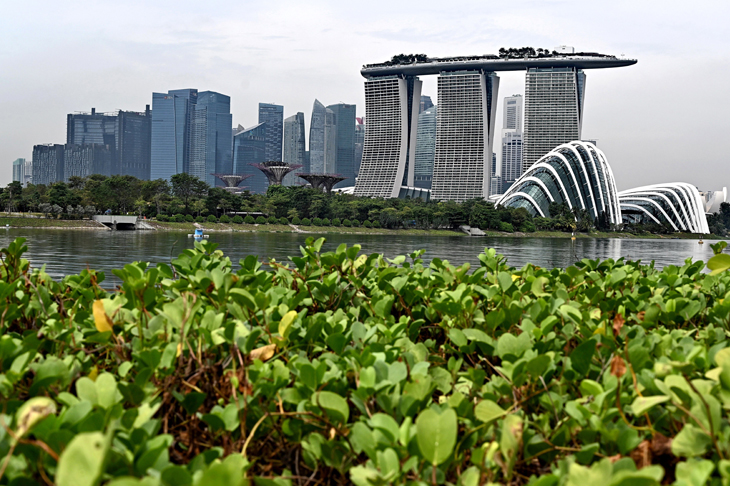
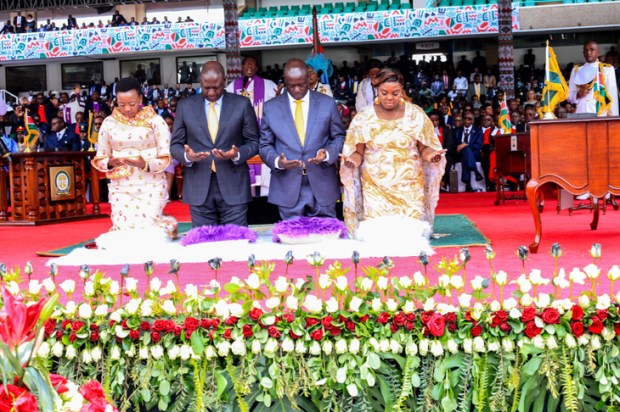
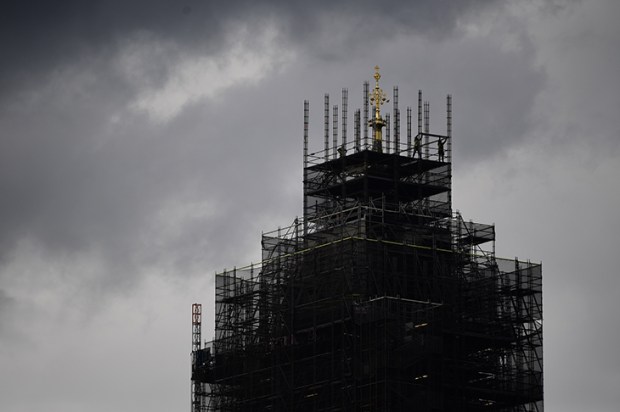
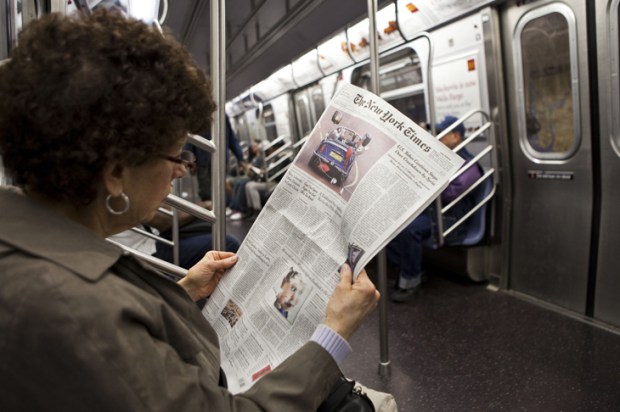

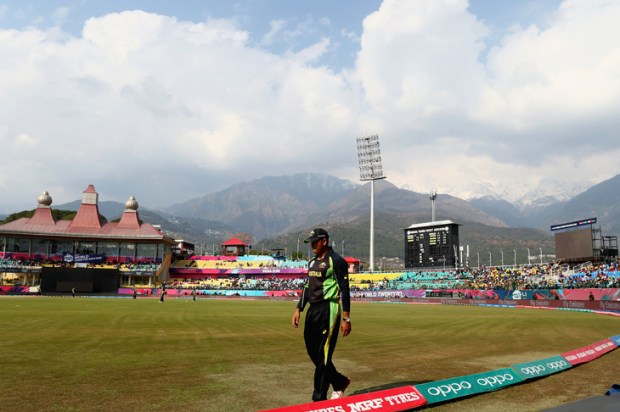
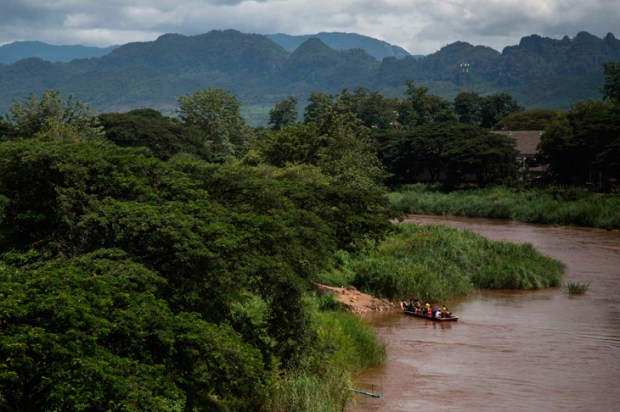






Comments
Don't miss out
Join the conversation with other Spectator Australia readers. Subscribe to leave a comment.
SUBSCRIBEAlready a subscriber? Log in